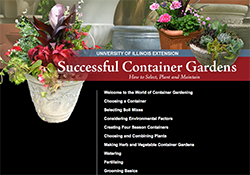
Successful Container Gardens
Use this website to find instructions and tips for making a container garden successful in your classroom.

Use this website to find instructions and tips for making a container garden successful in your classroom.
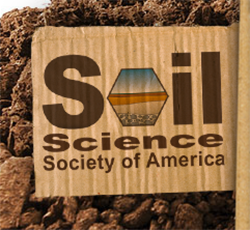
The Soil Science Society of America website hosts dozens of soil resources specifically for educators. Find lessons, activities, maps, and helpful information aligned to NGSS standards.

Visit this website for an archive of webcasts, labs, videos, and other teaching resources that connect cooking and science. Candy, bread, eggs, pickles, meat, and seasoning are highlighted.
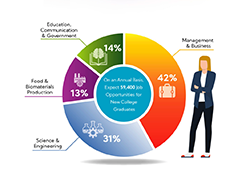
This report describes projected job opportunities for U.S. college graduates in the food, agricultural, and natural resources system for the years 2020-2025. It highlights areas where graduating students are most likely to find jobs. The publication also describes factors that are driving trends in the job market, as well as characteristics of students graduating from U.S. Colleges of Agriculture and Life Sciences, Forestry, and Veterinary Medicine. Visit the website or download the printable PDF.
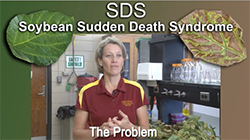
This website engages students in the genetic engineering process in a problem and solution format. The video series describes a plant disease in soybeans and then illustrates the steps in genetic engineering that could be employed to develop seeds that are resistant to the disease.

The Journey 2050 website focuses on the year 2050 as a key moment in time when the world's population is estimated to be 9 billion. Answer the question, "How will we sustainably feed 9 billion people by the year 2050?" Find four games and seven videos to learn about sustainable agriculture.
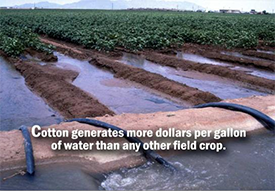
This website provides a variety of publications for teaching about cotton, including printable handouts on cotton and the consumer, what can be made with a bale of cotton, and the history of cotton from its first planting in the United States until today. An online presentation provides images and text to show your students how cotton goes from field to fabric.
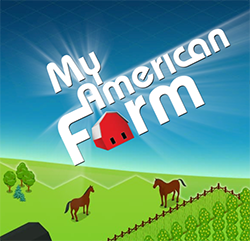
This site provides a collection of educational online games exploring agricultural topics. Games are labeled with grade level (preK-K, K-2, and 3-5) and subject (math, health, science, geography, etc.).
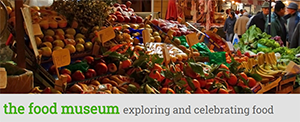
This website provides a wide array of resources related to food, including videos, articles, and book reviews. The mission of the FOOD Museum is to research, collect, preserve, exhibit, and explain the history and social significance of the world's most important foods, and bring artifacts and programs to audiences of all ages.
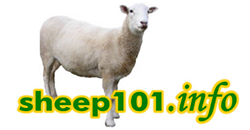
The purpose of the Sheep 101 website is to teach 4-H and FFA members, students, teachers, beginning shepherds, and the general public about sheep, their products, how they are raised, and their contributions to society. The site uses simple language and pictures to illustrate the various topics.
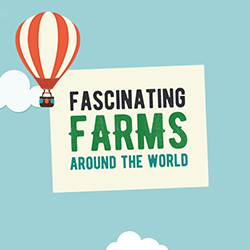
Take an interactive journey around the world to visit 16 farms. These are not your ordinary farms with cattle, sheep, hay, or grain. These farms produce specialty crops such as salmon, tulips, alligators, wind, mussels, coffee, leeches, lavender, yaks, seaweed, ostriches, rice, sunflowers, salt, ostriches, solar power, and alpacas. This journey would be an excellent supplement for elementary geography and agriculture lessons to teach students about less common types of farms.
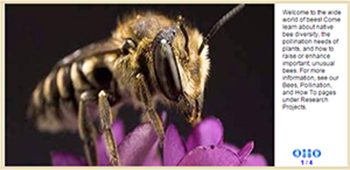
The website for the USDA Bee Biology and Systematics Laboratory at Utah State University provides a glimpse into the world of bee research. This is a great resource to build background knowledge prior to teaching about bees. In addition to many technical articles, the site provides links to popular magazine and USDA Agricultural Research Service news articles on bees. Dig deeper to find pages on how to identify bumble bees of northern Utah and a guide to raising bumble bees at home.